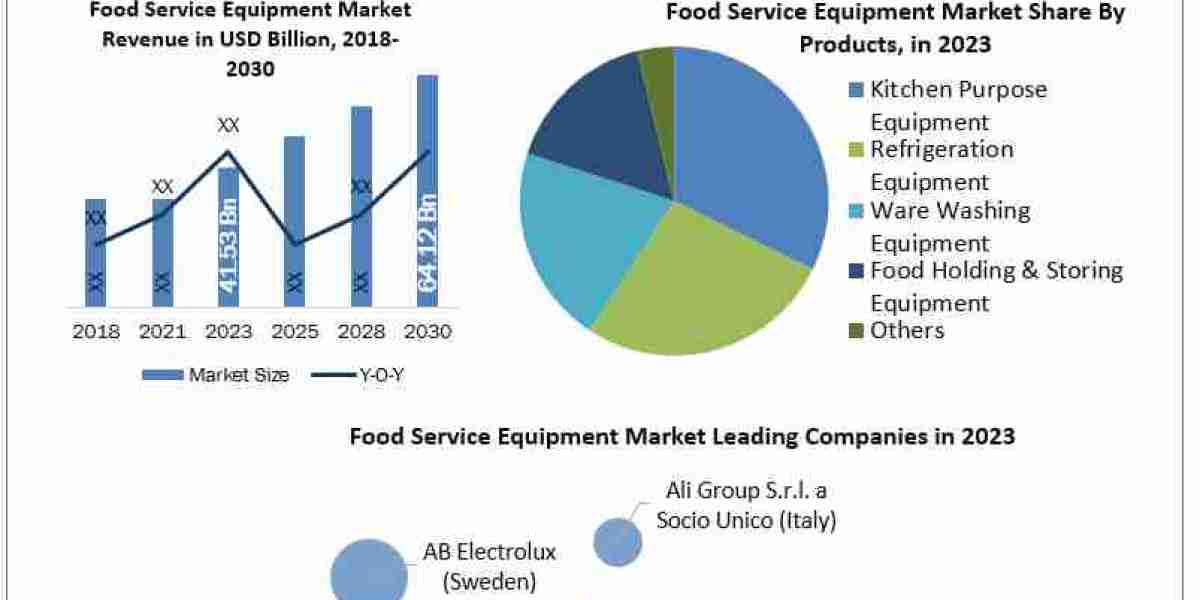The in vitro diagnostics (IVD) market plays a vital role in modern healthcare by enabling accurate disease diagnosis, treatment monitoring, and early detection of medical conditions. The industry has witnessed remarkable growth over the years, driven by several accelerators that are shaping its trajectory. Below, we discuss the key factors fueling the expansion and innovation in the IVD market.
1. Technological Advancements Rapid technological innovations in the field of diagnostics have significantly boosted the IVD market. Breakthroughs such as next-generation sequencing (NGS), artificial intelligence (AI), and point-of-care (POC) devices have revolutionized diagnostic capabilities. These technologies enable faster, more accurate results and facilitate personalized medicine, making diagnostics integral to modern healthcare.
2. Rising Prevalence of Chronic and Infectious Diseases The increasing incidence of chronic diseases, such as diabetes, cancer, and cardiovascular conditions, as well as infectious diseases like COVID-19, has heightened the demand for diagnostic tools. IVD solutions are essential for early disease detection and effective management, driving their adoption in healthcare systems worldwide.
3. Growing Demand for Personalized Medicine The shift toward personalized medicine, which tailors treatment plans based on an individual’s genetic makeup, has been a major accelerator for the IVD market. Molecular diagnostics, a subset of IVD, plays a critical role in identifying specific biomarkers and enabling targeted therapies, particularly in oncology and rare diseases.
4. Expansion of Point-of-Care Testing Point-of-care (POC) testing has become increasingly popular due to its convenience and rapid results. These devices allow healthcare providers to perform diagnostic tests at or near the patient’s location, reducing the need for laboratory infrastructure. POC testing is particularly beneficial in emergency settings, rural areas, and developing regions.
5. Increased Government and Private Investments Governments and private organizations have been investing heavily in diagnostic research and development. Initiatives such as funding for infectious disease testing, cancer screening programs, and precision medicine projects have provided a significant boost to the IVD industry. These investments also support innovation and market penetration in underserved regions.
6. Aging Population and Growing Healthcare Needs The aging global population is driving the demand for diagnostic solutions, as elderly individuals are more susceptible to chronic and age-related diseases. The need for frequent health check-ups and monitoring has spurred the adoption of IVD tools in both clinical and home settings.
7. Increasing Adoption of Digital Health Solutions The integration of digital health technologies, including telemedicine and wearable health devices, has accelerated the use of IVD products. Digital platforms allow seamless data sharing and real-time monitoring, enhancing the utility and accessibility of diagnostic tools.
8. Regulatory Support for Innovation Regulatory bodies worldwide are increasingly supporting innovation in diagnostics by streamlining approval processes for critical tools, especially during public health emergencies. For example, the emergency use authorizations (EUAs) issued by the FDA during the COVID-19 pandemic enabled the rapid deployment of diagnostic tests.
9. Global Health Awareness and Screening Initiatives Public health campaigns and increased awareness about preventive healthcare have encouraged people to undergo regular screenings. This growing emphasis on health check-ups and early detection has driven demand for diagnostic tests, especially in areas such as cancer, diabetes, and infectious diseases.
10. Emerging Markets as Growth Hubs Emerging economies in Asia, Africa, and Latin America offer significant growth opportunities for the IVD market. Factors such as expanding healthcare infrastructure, increasing healthcare spending, and growing awareness about diagnostics contribute to the rising adoption of IVD tools in these regions.
Conclusion The in vitro diagnostics market is poised for sustained growth, fueled by advancements in technology, evolving healthcare needs, and supportive regulatory frameworks. By addressing challenges such as affordability and accessibility in emerging markets, stakeholders can further unlock the potential of IVD solutions. Collaboration among industry players, governments, and healthcare providers will be crucial in leveraging these accelerators to transform the future of diagnostics.




